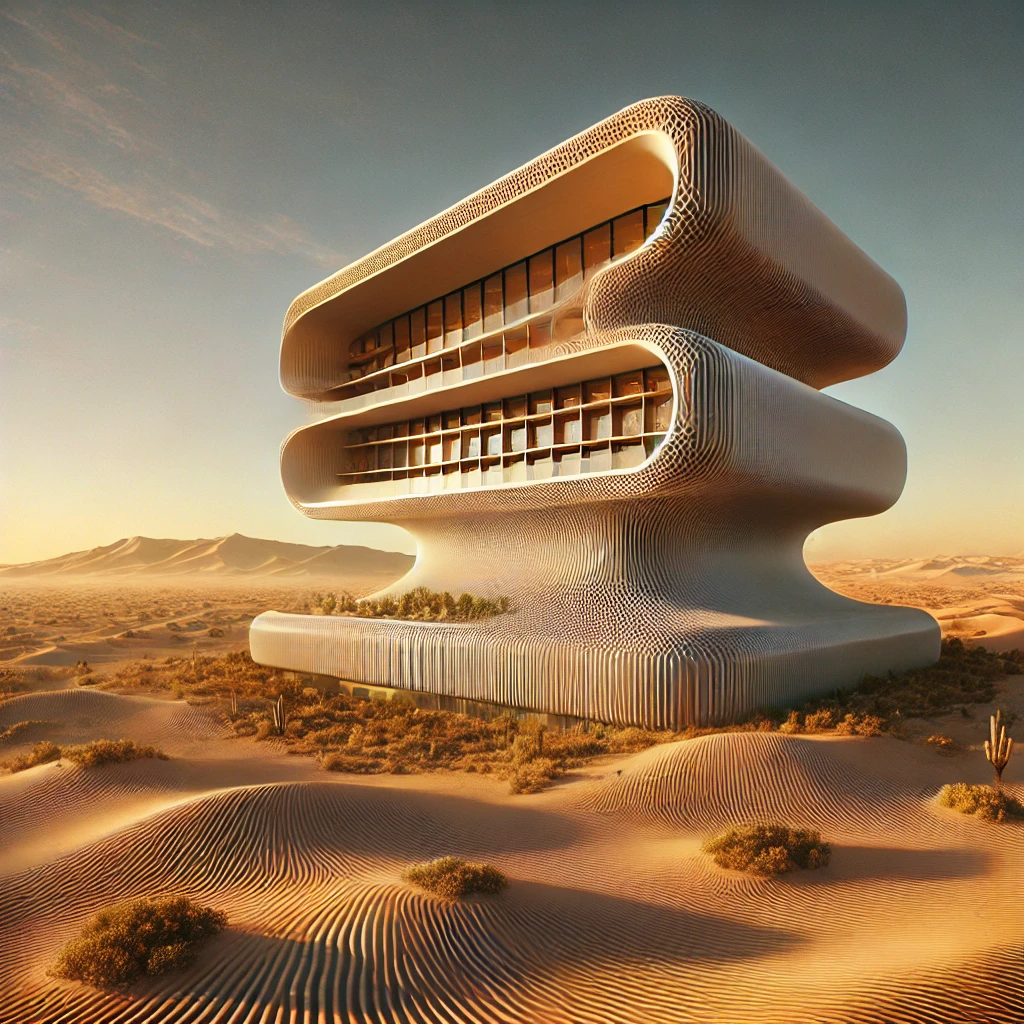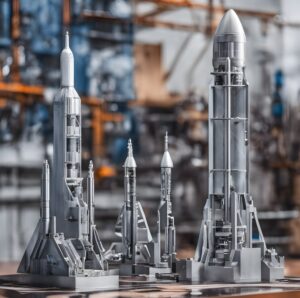World’s First 3D-Printed Hotel Takes Shape in the Texas Desert

The world’s first fully 3D-printed hotel is being built in the heart of the Texas desert, marking a revolutionary step in the intersection of technology and architecture. This ambitious project aims to redefine sustainable construction and eco-friendly travel accommodations, utilizing cutting-edge 3D printing technology to create a functional, aesthetically pleasing, and environmentally conscious structure.
Innovation in Construction
The hotel is being developed by Icon, a leader in 3D printing technology, in collaboration with prominent architectural firms and construction experts. The project uses massive, state-of-the-art 3D printers capable of producing durable structures at a fraction of the time and cost compared to traditional building methods. This process significantly reduces material waste and carbon emissions, aligning with global sustainability goals.
Benefits of 3D-Printed Hotels
This innovative approach offers several benefits over traditional construction, including enhanced structural integrity, improved efficiency, and greater customization. The hotel’s design is also a testament to the versatility of 3D printing technology, featuring intricate details and modern aesthetics that would be difficult to achieve through conventional methods.
A Desert Oasis
Set against the backdrop of the stunning Texas desert, the 3D-printed hotel provides guests with a unique experience, blending futuristic design with natural surroundings. The desert location was specifically chosen to highlight the durability and versatility of 3D-printed buildings in extreme environments, ensuring the hotel can withstand harsh conditions while offering luxury and comfort to its visitors.
The Future of Travel and Construction
This project is more than just a hotel; it’s a vision of the future. With 3D printing technology advancing rapidly, more large-scale architectural projects are expected to follow in its footsteps. The world’s first 3D-printed hotel demonstrates the potential to revolutionize how buildings are constructed, creating new possibilities for sustainability, affordability, and creativity in architecture.



